Aug. 11, 2019
Prelims Pointers
Aug. 11, 2019
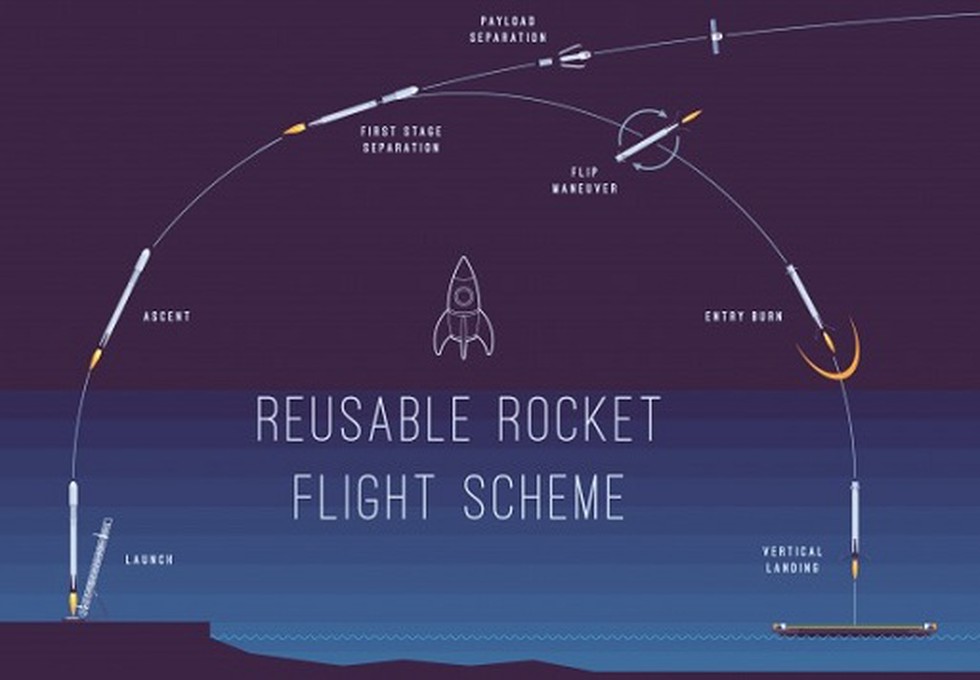
About:
- The cost of access to space is the major deterrent in space exploration and space utilisation. A reusable launch vehicle is the unanimous solution to achieve low cost, reliable and on-demand space access.
- LinkSpace’s test flight came on the heels of a historic delivery of a satellite into orbit last month by privately owned Chinese firm iSpace. Beijing-based iSpace said last week that it was also planning to launch a recoverable rocket, in 2021.
- Elon Musk’s SpaceX has already used recoverable rockets on a number of orbital missions since a historic launch early in 2017, spurring Europe, Russia, Japan and China to speed up their own research into the technology or at least consider studying it.
Indian scenario:
- ISRO's Reusable Launch Vehicle - Technology Demonstration Program (RLV-TD) is a series of technology demonstration missions that have been considered as a first step towards realizing a Two Stage To Orbit (TSTO) fully re-usable vehicle.
- The main objectives of the RLV TD are to reduce cost of launch by increasing reusability and to increase reliability by achieving a Two Stage To Orbit (TSTO) capability. It is a different approach from SpaceX and Blue Origin.
- The ISRO approach to a reusable launch vehicle is a winged body space plane.
- Whereas SpaceX and Blue Origin are recovering and reusing stages of their existing rockets, in order to reduce launch costs.
Prelims Pointers
Aug. 11, 2019
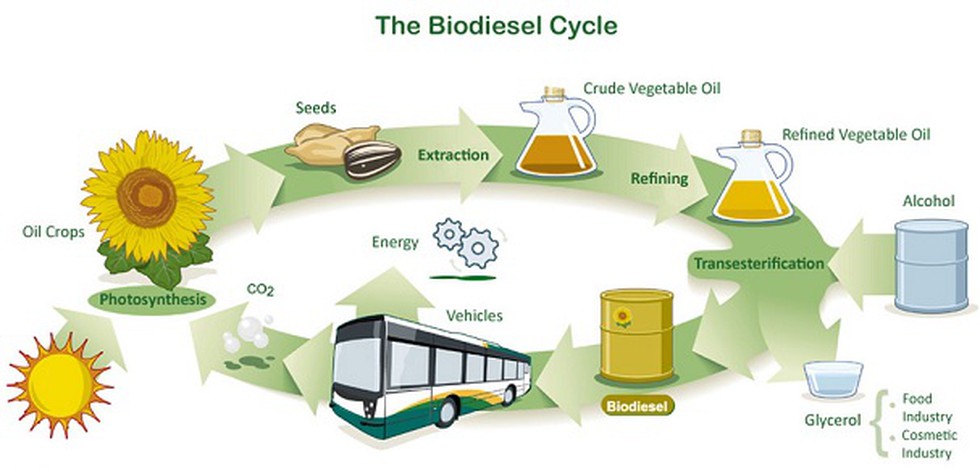
Key highlights of EOI by OMCs for Biodiesel, made from UCO:
- The entrepreneurs setting up Biodiesel plants will get remunerative price and assurance of complete offtake of production by the OMCs — Indian Oil, Bharat Petroleum and Hindustan Petroleum.
- The EOI will ensure that Rs 51/ litre is paid for Biodiesel for the first year, Rs 52.7 for the second year and Rs 54.5 for the third year.
- The Oil companies will also bear the cost of transportation and GST for the first year.
- The scheme is being launched in 100 cities across the country.
RUCO?
- On the occasion, he also launched a sticker on RUCO viz., Repurpose Used Cooking Oil and a mobile app to facilitate the collection of UCO.
- The RUCO sticker will imply that the establishment having it conforms to the RUCO ecosystem, and does not reuse the cooking oil.
- The RUCO App will enable stakeholders to track and trace all transactions.
Do you know?
- The Minister’s announcement comes just a day after the Food Safety and Standards Authority of India’s (FSSAI) has directed Food Safety Commissioners to ensure that Food Business Operators (FBOs), whose consumption of edible oils for frying is more than 50 litres per day, stop reusing the oil more than three times.
Prelims Pointers
Aug. 11, 2019
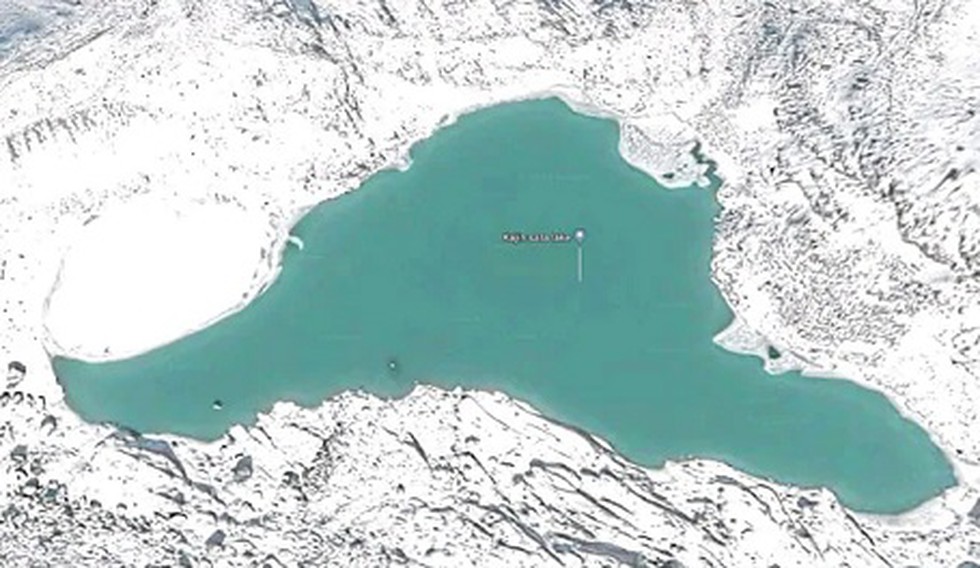
About:
- The Kajin Sara lake is located at Singarkharka area of Chame rural municipality in Manang district of Nepal.
- The lake was discovered about a few months ago by a team of mountaineers.
- As per the measurement of the lake taken by the team, it is located at an altitude of 5,200 metres, which is yet to be officially verified. It is estimated to be 1,500-metre-long and 600-metre-wide.
- The lake would be the world’s highest lake if its altitude of 5000-plus metres is officially verified,” he said.
- Currently Tilicho Lake holds the title of the world’s highest lake. it is situated at an altitude of 4,919 metres in Nepal.
Prelims Pointers
Aug. 11, 2019
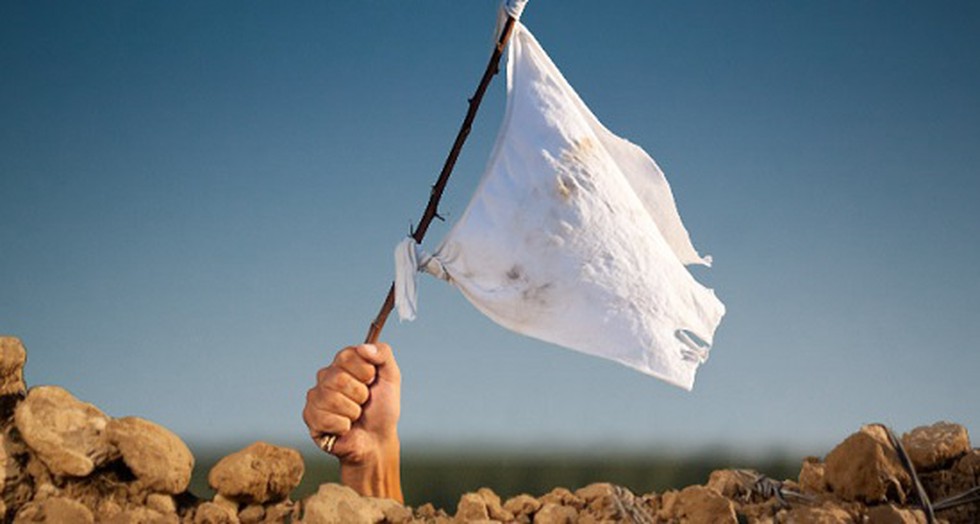
About:
- National Liberation Front of Twipra led by Sabir Kumar Debbarma (NLFT-SD) has agreed to the surrender its 88 cadres with their weapons. An MoU was signed in this regard between, Centre, Tripura Government and NLFT-SD.
- The surrendered cadres will be given surrender benefits as per the Surrender-cum-Rehabilitation Scheme, 2018 of the Union Home Ministry. The State Government of Tripura will help the surrendered cadres in housing, recruitment and education.
- Government of India will consider the proposals of Tripura State Government regarding economic development of tribal areas of Tripura.
Background:
- The NLFT has been banned under the Unlawful Activities (Prevention) Act since 1997.
- The group, operating from their camps across the international border, has been responsible for violent activities including 317 insurgency incidents in which 28 security forces and 62 civilians lost their lives during the period 2005-2015.
- Peace talks with NLFT were initiated in 2015 and there has been no violence by NLFT since 2016.
Prelims Pointers
Aug. 11, 2019

Background: CCL to civilian employees
Recently, DoPT has made following amendments for grant of CCL to civilian employees –
- The CCL granted to woman employees till now has been extended to single male government servants also.
- The age limit of 22 years prescribed earlier in the case of a child with 40 % disability has been removed for the purpose of availing CCL.
- The minimum period of CCL that can be availed at a time has been reduced to 5 days instead of 15 days.
CCL in defence forces:
Presently, Child Care Leave (CCL) is being granted to woman officers in defence forces. Now the proposal of Ministry of Defence extending similar benefits to Defence personnel has been approved by Defence Minister.
- With this, single male service personnel will be able to avail the benefit of CCL.
- Single male service personnel and woman officers of defence forces will also be able to avail CCL in respect of child with 40 % disability without any restriction of age limit of the child.
- Further, the minimum period of CCL that can be availed in each spell has been reduced to 05 days from the earlier limit of 15 days.
Prelims Pointers
Aug. 11, 2019
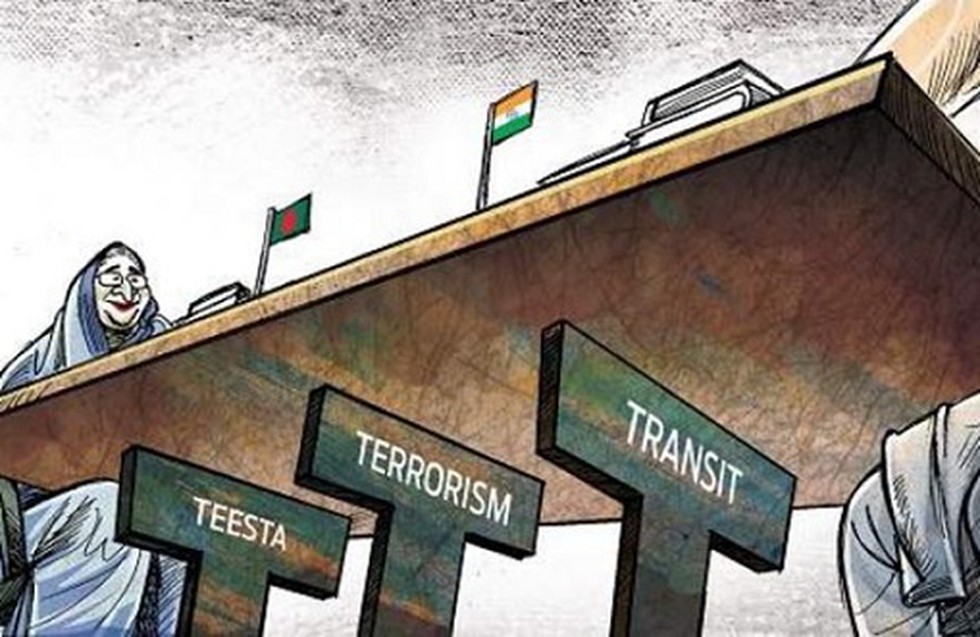
About:
- India and Bangladesh have agreed to set up a Joint Technical committee for optimum utilisation of Ganges water as being received by Bangladesh under the Ganga Water Sharing Treaty 1996.
- Both the countries also agreed to prepare a framework for interim water-sharing agreement for eight rivers including Feni, Gumti and Teesta.
Comment:
- The Secretary-level meeting was held after a gap of more than 8 years.
- It is an important step in enhancing bilateral cooperation in the water resources sector between India and Bangladesh.
- The Ganges-Brahmaputra-Meghna mega-basin is the second largest hydraulic region in the world.
- Within this basin, 54 rivers cross the border between upstream India and downstream Bangladesh.
Prelims Pointers
Aug. 11, 2019
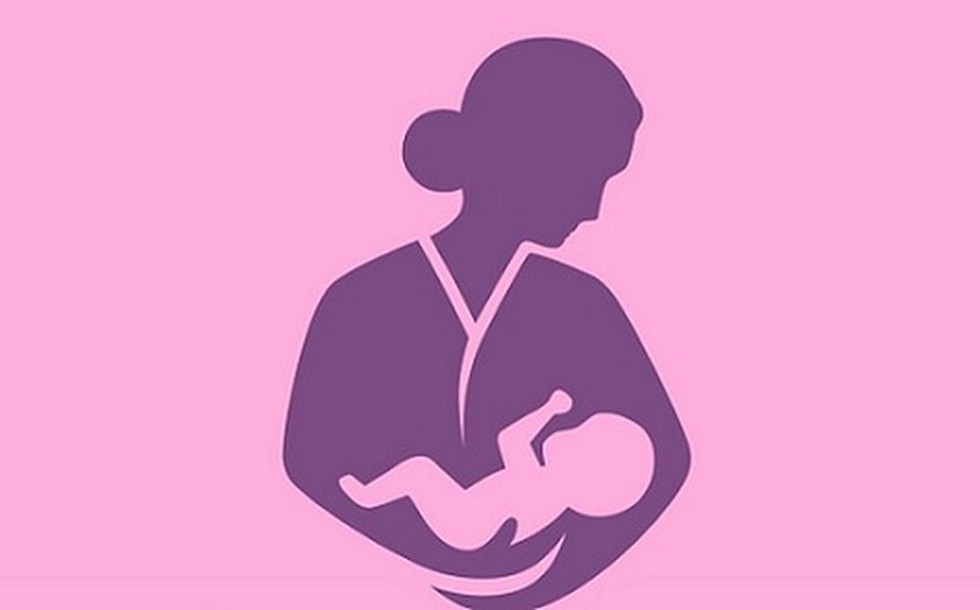
About:
- Methodology: The Breastfeeding report card has been developed by devising a composite score based on three indicators namely –
- early initiation of breastfeeding,
- exclusive breastfeeding for six months and
- complimentary feeding at 6-8 months of child's age.
- early initiation of breastfeeding,
- Key Findings:
- Manipur has topped the raknings in Breastfeeding and Infant and Young Child Feeding Practices in the country.
- Uttar Pradesh, Rajasthan and Bihar are at the bottom positions in the report card.
- National capital Delhi is also among the worst-performing States.
- Manipur has topped the raknings in Breastfeeding and Infant and Young Child Feeding Practices in the country.
Prelims Pointers
Aug. 11, 2019

About:
- The highly anticipated operating system is considered crucial for the tech Huawei’s survival as it confronts a looming White House ban on U.S. companies selling technology products to Huawei, which could remove its access to Android.
- The first version would launch later this year in its smart screen products, before expanding across a range of smart devices, including wearable technology, over the next three years.
Prelims Pointers
Aug. 11, 2019
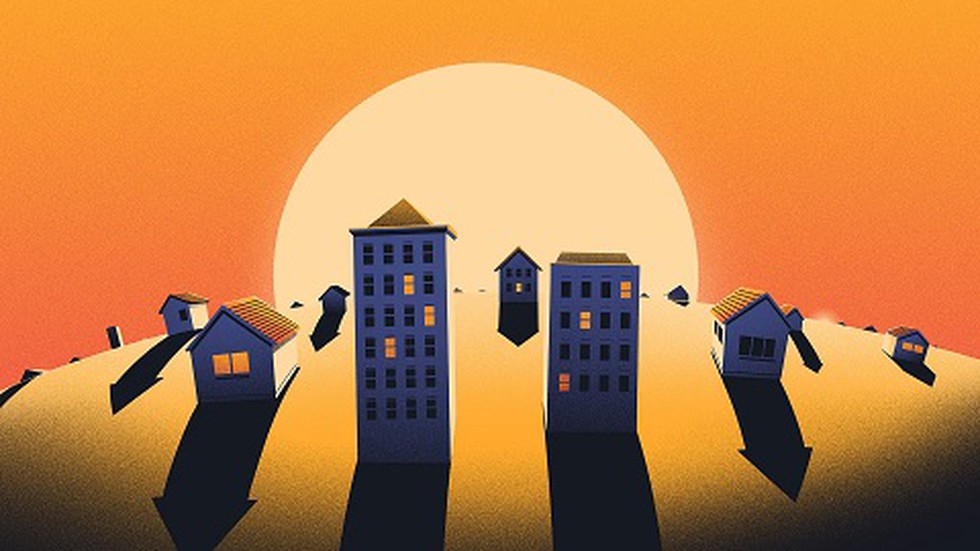
Background:
- Before the Amendment Act of 2018 came into existence, the assets of the bankrupt builder were divided among his employees, creditor banks and other operational creditors.
- Home buyers had hardly figured, though their hard-earned savings may have provided a major chunk of the housing project.
IBC (Second Amendment) act, 2018:
- The Act gives buyers the status of ‘Financial Creditors’ with power to vote in committee of creditors (CoC). The Act had brought the home buyers on par with the creditor banks of the property builder.
- The CoC, by voting, makes important decisions on the future of the bankrupt builder. These calls include what to do with his assets and who should finish the pending housing projects.
- The judgment gains significance as many real estate builders have been under fire for incomplete projects leaving home buyers in dire straits.
Opposition to the Amendment Act:
- The builders had challenged making home buyers a financial creditors.
- The builders argued that home buyers were already armed with the Real Estate (Regulation and Development) Act (RERA), another piece of legislation which protected the interests of the individual investor in real estate projects.
Recent Supreme Court Judgement:
- The Supreme Court Bench confirmed the constitutional validity of the Insolvency and Bankruptcy Code (Second Amendment) act as the IBC and the RERA operate in different spheres and can be used harmoniously for the interest of home buyers.
- The court further directed the Centre to fill up the vacancies in the National Company Law Tribunal (NCLT) and its appellate tribunals so as to deal with the rising number of bankruptcy litigation in the real estate sector.
- The court also ordered those States and UTs who have still not set up a Real Estate Regulatory Authority and Appellate Tribunal to do so in 3 months.
Prelims Pointers
Aug. 11, 2019
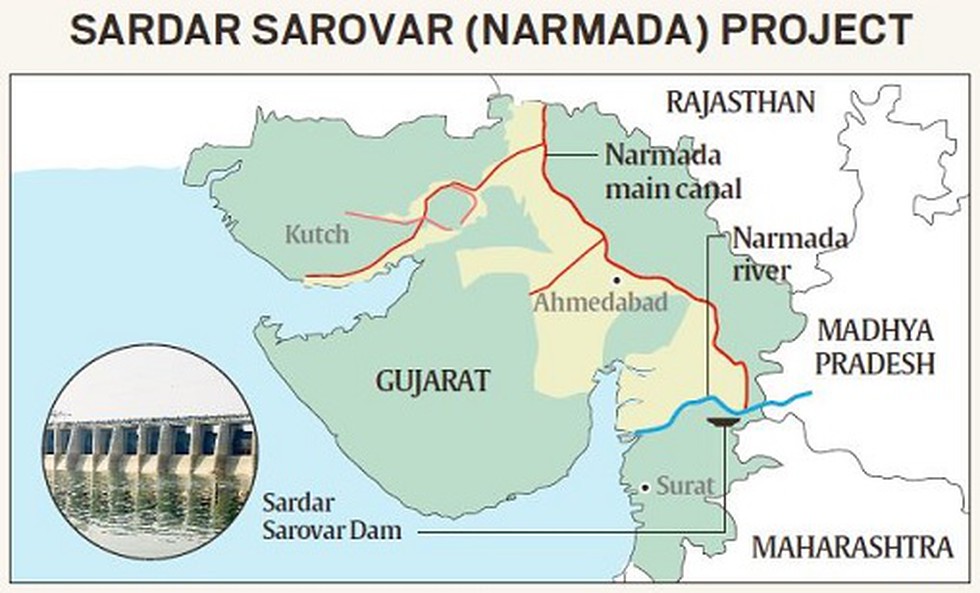
Sardar Sarovar Project:
- The Sardar Sarovar Dam is a gravity dam on the Narmada river near Navagam, Gujarat.
- The Sardar Sarovar Project includes two power houses, the River Bed Power House (RBPH; 1,200 MW) and the Canal Head Power House (250 MW).
- Power is shared among Madhya Pradesh, Maharashtra and Gujarat in a 57:27:16 ratio.
- The RBPH has been shut since 2017, when the gates were closed and the reservoir height was raised to 138.63 m. Gujarat has sought that generation should not start until the water reaches the full reservoir level (FRL).
Recent controversy:
- Madhya Pradesh has threatened to restrict the flow of water into the Sardar Sarovar Dam, located in Gujarat.
- This was after Gujarat, in April, had requested the Narmada Control Authority for permission — which was granted — not to start generation at a power house until the dam fills to its full level.
Aug. 10, 2019
Prelims Pointers
Aug. 10, 2019
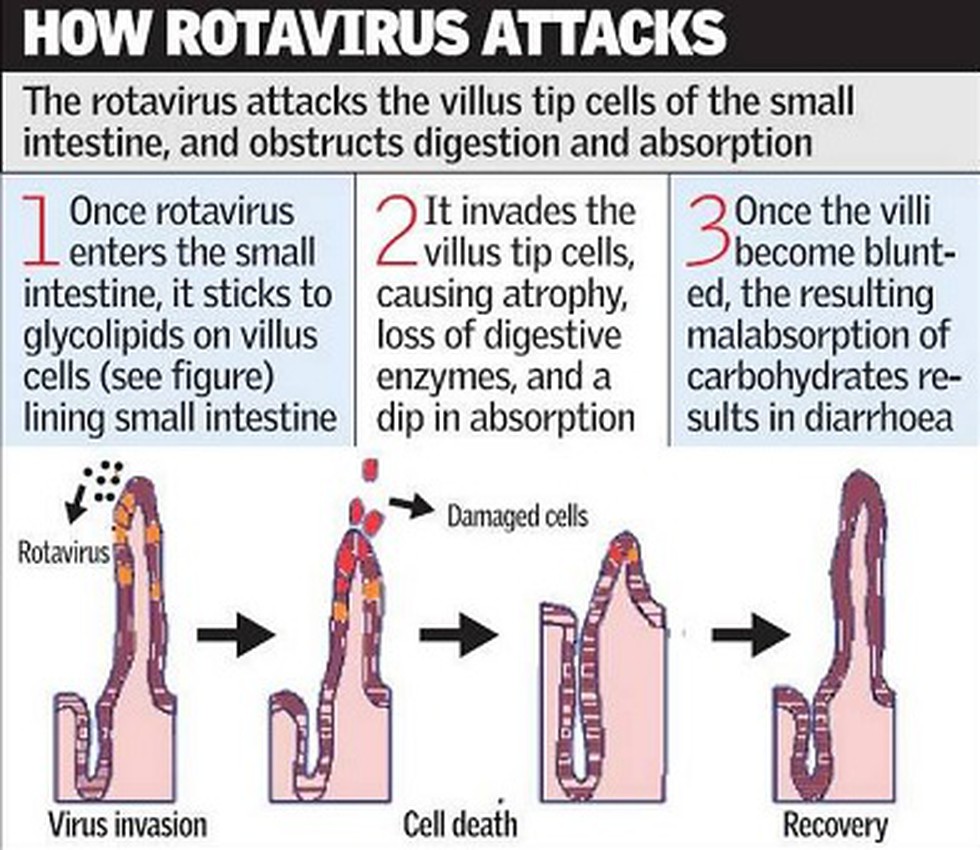
About:
- Rotavac is India’s first indigenously developed vaccine for rotavirus infections.
- Out of all the causes of diarrhoea, rotavirus is a leading cause of diarrhoea in children less than 5 years of age. It is estimated that rotavirus cause 8,72,000 hospitalizations; 32,70,000 outpatient visits and estimated 78,000 deaths annually in India.
- The Rotavac has been developed by the Hyderabad-based Bharat Biotech Limited. The Pune-based Serum International also has developed a rotavirus vaccine called Rotasiil. Both of them have been included in India’s immunisation programme.
Timeline:
- Rotavirus vaccine was introduced in 2016 in a phased manner, beginning with 4 states initially. At present, Rotavirus vaccine is now available in 28 States/UTs.
- In January 2018, Rotavac vaccine was “pre-qualified” by the World Health Organisation (WHO). To be “pre-qualified” means that the vaccine can be sold internationally to several countries in Africa and South America.
- In April 2019, Gagandeep Kang became the first Indian woman to be awarded Fellowship of the Royal Society (FRS), United Kingdom for her key role in the development of Rotavac.
Prelims Pointers
Aug. 10, 2019
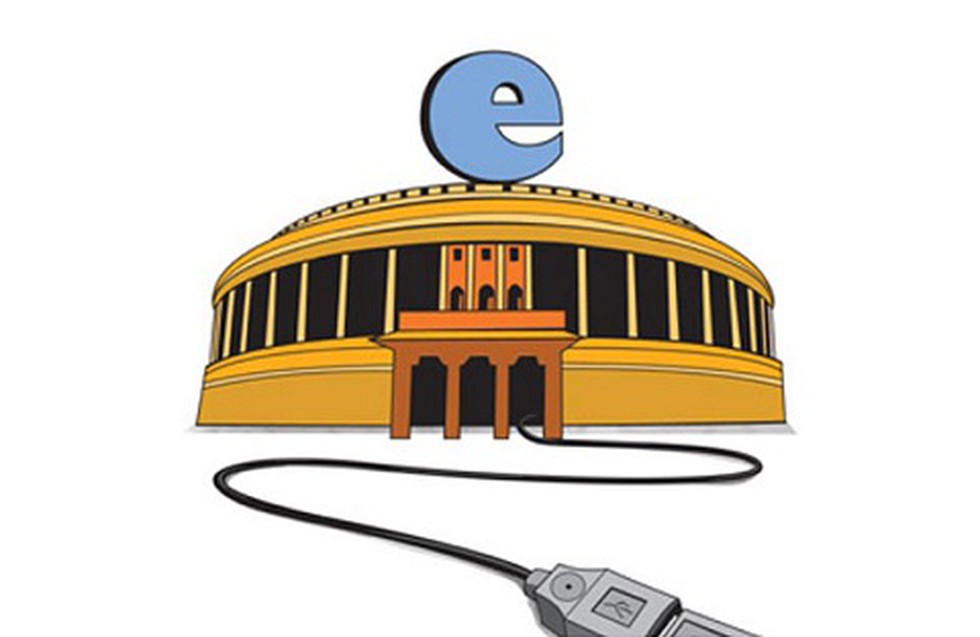
About:
- The Department of Administrative Reforms & Public Grievances (DAPRG), Ministry of Personnel and Ministry of Electronics & Information Technology (MeitY), in collaboration with the Government of Meghalaya organized the 22nd National Conference on eGovernance at Shillong during 8-9 August 2019.
- The theme of this Conference was “Digital India: Success to Excellence”.
- The Conference has unanimously adopted the ‘Shillong Declaration’ on e-Governance.
Key highlights of Shillong declaration:
- Improve the citizen’s experience with Government services by promoting timely implementation of India Enterprise Architecture (IndEA).
- Consolidate the plethora of successful State level e-Governance projects with a focus to replicate them as a common application software.
- Take steps to further improve connectivity in North Eastern States by addressing the issues of telecommunications connectivity at grassroot level.
- Take steps to enhance the activities of Electronics Sector Skill Council in North Eastern States and explore the possibility for opening an electronics skill center in Shillong.
- Promote use of e-Office and move towards less paper State Secretariats in the North-Eastern States and in the District level offices.
Prelims Pointers
Aug. 10, 2019
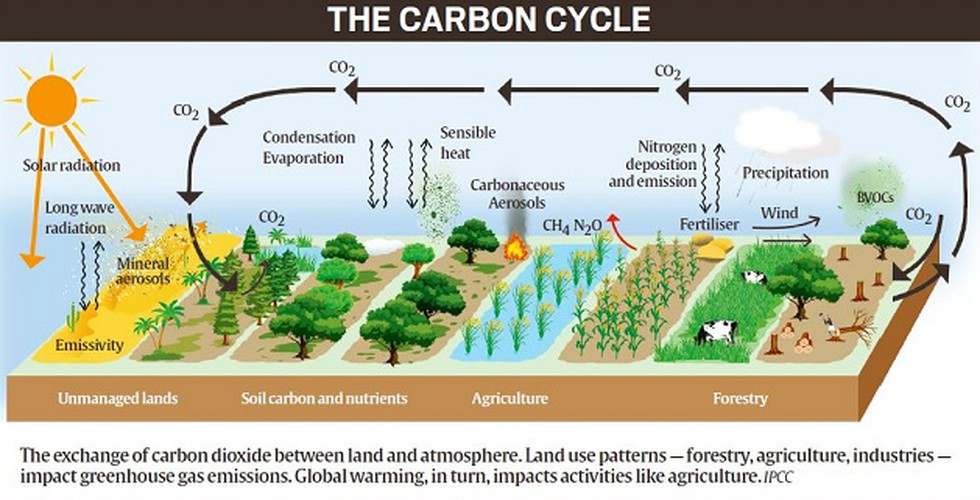
About:
- The report’s full name is Climate Change and Land, an IPCC special report on climate change, desertification, land degradation, sustainable land management, food security, and greenhouse gas fluxes in terrestrial ecosystems.
- It is one of three special reports that the IPCC is preparing during the current Sixth Assessment Report cycle.
- This is the first time that the IPCC has focused its attention solely on the land sector.
Key Findings:
- Land is a critical resource: Agriculture, forestry and other types of land use account for 23% of human greenhouse gas emissions. At the same time natural land processes absorb carbon dioxide equivalent to almost a third of carbon dioxide emissions from fossil fuels and industry.
- Desertification and land degradation: When land is degraded, it becomes less productive, restricting what can be grown and reducing the soil’s ability to absorb carbon. This exacerbates climate change, while climate change in turn exacerbates land degradation in many ways.
- Food Security: Climate change is affecting all four pillars of food security: availability (yield and production), access (prices and ability to obtain food), utilization (nutrition and cooking), and stability (disruptions to availability).
- Land and climate change responses: Focus should be more sustainable land use, reducing over-consumption and waste of food, eliminating the clearing and burning of forests, preventing over-harvesting of fuelwood, and reducing greenhouse gas emissions, thus helping to address land related climate change issues.
India’s action plan on climate change too, has a very important component on forests. India has promised that it would create an additional carbon sink of about 2.5 billion to 3 billion tonnes by the year 2032 by increasing its forest cover, and planting more trees.
Prelims Pointers
Aug. 10, 2019
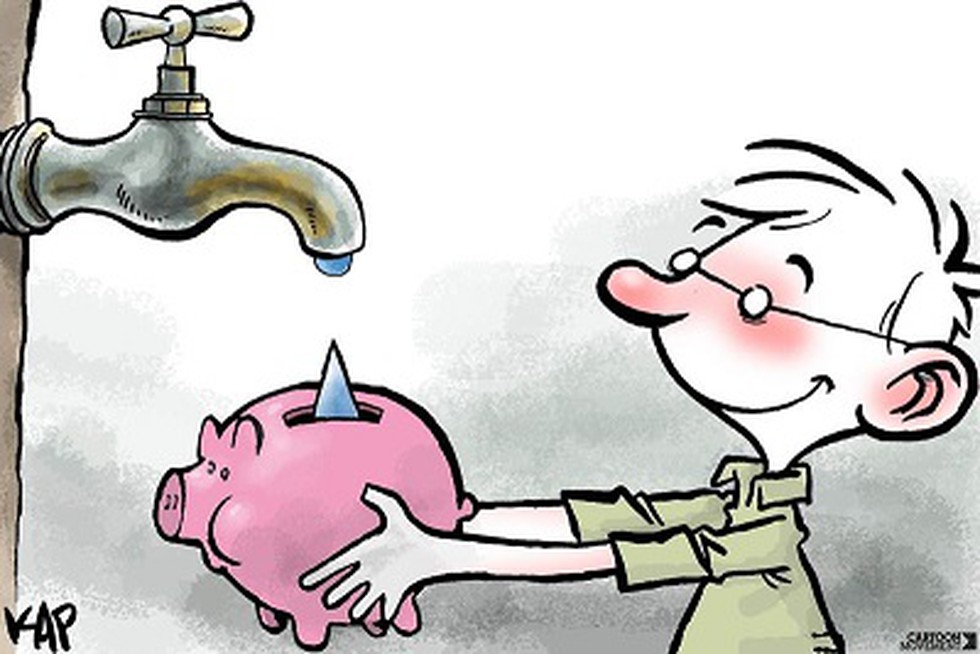
About:
- Launched by: The Department of School Education & Literacy, Ministry of HRD.
- Five Major Objectives of this drive:
- To educate Students learn about conservation of water.
- To sensitize Students about the impact of scarcity of water.
- To empower Students to learn to protect the natural sources of water.
- To help every Student to save at least one litre of water per day.
- To encourage Students towards judicious use and minimum wastage of water at home and school level.
- To educate Students learn about conservation of water.
- Target: This mega drive targets to connect more than 10 crore students with this programme.
- One Student - One Day - To Save One Litre of Water.
- One Student - One Year - To Save 365 Litres of Water.
- One Student - 10 Years - To Save 3650 Litres of Water.
- One Student - One Day - To Save One Litre of Water.
Prelims Pointers
Aug. 10, 2019
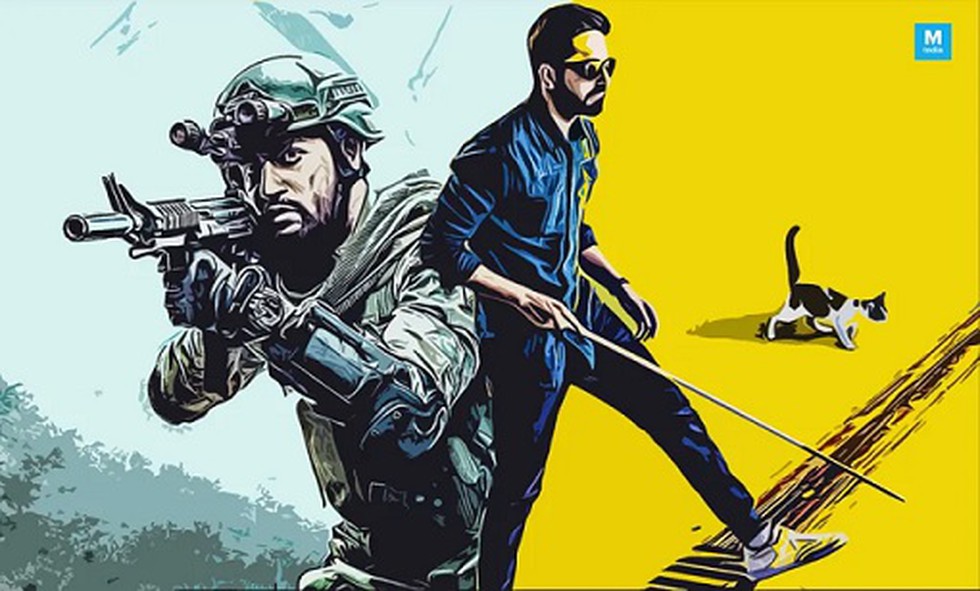
National Film Awards: Key Facts
- Established in: 1954
- Awarded for: Excellence in cinematic achievements for Indian cinema.
- Bodies involved:
- Directorate of Film Festivals (DFF), a body under the Ministry of Information and Broadcasting, administers the award.
- The selections of awards are made by an independent and impartial jury consisting of eminent filmmakers and film personalities, which is appointed by the DFF.
- Every year, the award ceremony is held in New Delhi, where the President of India presents the awards.
- Directorate of Film Festivals (DFF), a body under the Ministry of Information and Broadcasting, administers the award.
- Criteria and Procedure:
- The makers of a film, and particularly the director, should be Indian nationals.
- Films entering the competition should be produced in India, and in case of co-production involving a foreign entity, they have to fulfil certain conditions to qualify.
- It is Declared for films produced in the previous year across the country i.e. a film should be certified by the Central Board of Film Certification (CBFC) between 1 January and 31 December.
- The makers of a film, and particularly the director, should be Indian nationals.
- Categories: The National Film Awards are presented in two main categories: Feature Films and Non-Feature Films.
- Dadasaheb Phalke award: A lifetime achievement award, named after the father of Indian cinema Dadasaheb Phalke, is awarded to a film personality for the outstanding contribution to the Indian Cinema.
- Cash prize: All the award winners are awarded with a Medallion, cash prize and a certificate of merit.
Winners:
- Best Feature Film Award: Gujarati film Hellaro.
- Best Popular Film Providing Wholesome Entertainment: Badhaai Ho.
- Best Film on Social Issues: Hindi movie Padman.
- Best Director Award: Aditya Dhar for Uri: The Surgical Strike
- Best Actor Award: Jointly awarded to Ayushman Khurana and Vicky Kaushal for their performances in Andhadhun and Uri: The Surgical Strike respectively.
- Best Actress award: Keerthy Suresh for her performance in Telugu movie Mahanati.
- Best Film on Environment Conservation/ Preservation: Marathi movie Paani.
- Nargis Dutt Award for Best Feature Film on National Integration: Kannada film Ondalla Eradalla.
- Most Film Friendly State: Uttarakhand.
Prelims Pointers
Aug. 10, 2019
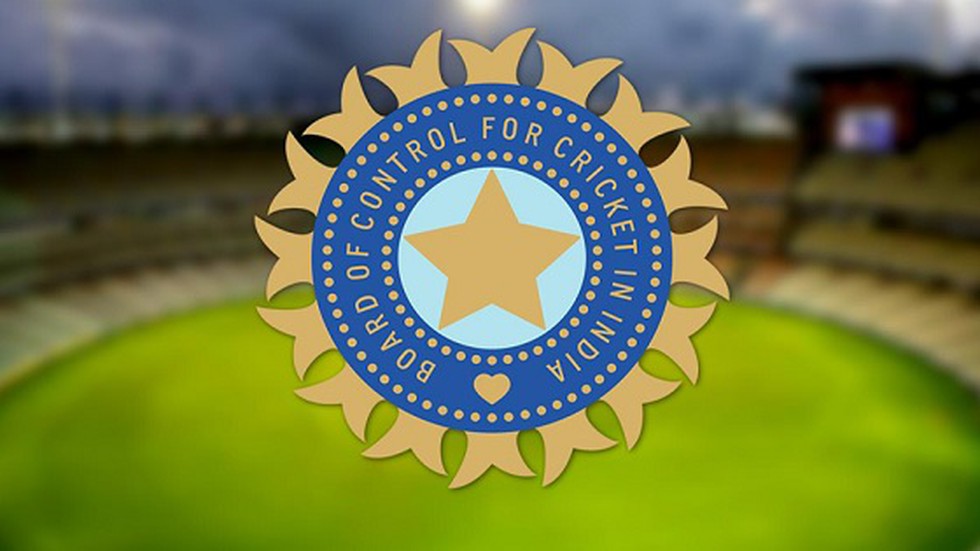
About:
- The BCCI has given in writing that it would adhere to the anti-doping policy of NADA.
- Implication of this decision:
- All cricketers will now be tested by NADA.
- BCCI now becomes a designated National Sports Federation as per government norms despite being financially autonomous.
- It will also face more pressure to come under the government's Right to Information Act.
- All cricketers will now be tested by NADA.
Board Of Control For Cricket In India (BCCI)?
- Status: The BCCI is registered as a society under the Tamil Nadu Societies Registration Act, 1975.
- Background: It was established in 1928 as the central governing body regulating cricket in India.
- Structure: It is a consortium of state cricket associations and the state associations select their representatives who in turn elect the BCCI Chief.
- Headquarters: Wankhede Stadium, Mumbai.
- Committee of Administrators (CoA): In 2017, the Supreme Court nominated a four-member panel Committee of Administrators to look after the administration of the BCCI in order to implement Lodha committee reforms.
Prelims Pointers
Aug. 10, 2019
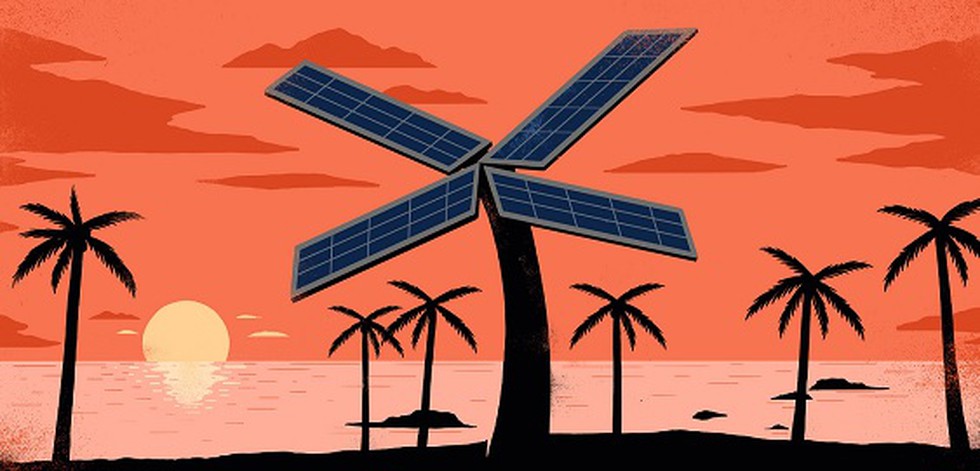
About:
- RE-INVEST 2019 will be organized by the Ministry of New and Renewable Energy from 30th October to 2nd November 2019 in India, coinciding with the Second Assembly of International Solar Alliance (ISA).
- Objective of the event is to attract the right investments in renewable energy (RE) and present India’s RE story to the world.
- It aims at building upon the success of RE-INVEST 2015 to accelerate the worldwide effort to scale up renewable energy and connect the global investment community with Indian energy stakeholders. The 2nd Global RE-INVEST, was held from 2-5 October, 2018.
Do you know?
- In 2015, India had set a target of 175 GW renewable energy capacity by 2022. Thus, India offers one of the largest investment opportunities in the renewable space.
- The Government of India allows a 100 per cent FDI under the automatic route for projects of renewable power generation and distribution.
Prelims Pointers
Aug. 10, 2019
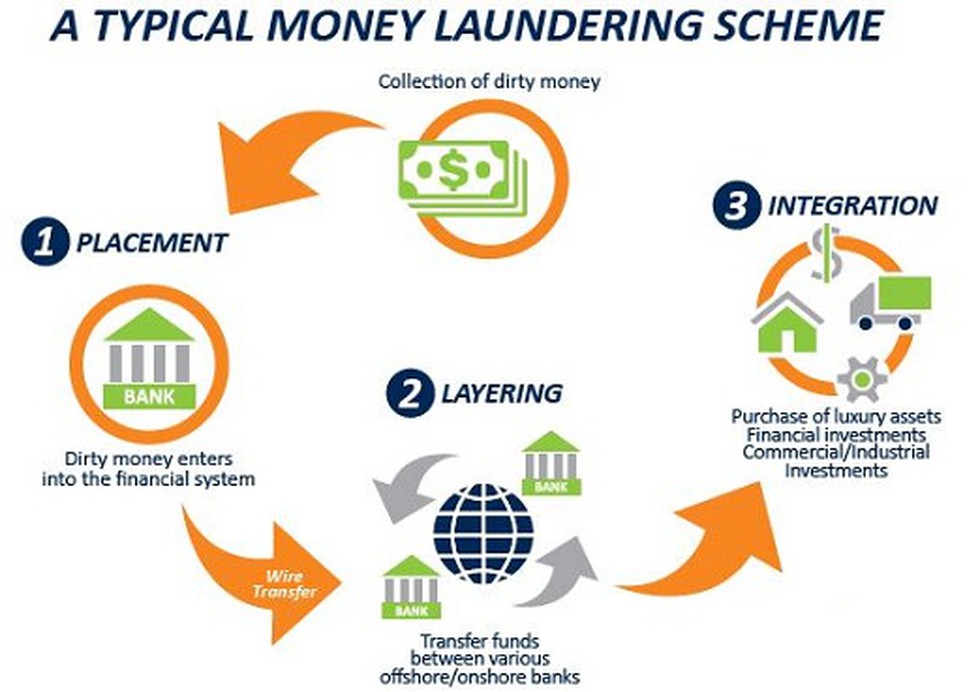
Key changes:
- An explanation added to Section 45 clarifies that all PMLA offences will be cognisable and non-bailable. Therefore, the Enforcement Directorate (ED) officers are empowered to arrest an accused without warrant, subject to certain conditions.
- Amendment to Section 3 makes concealment of proceeds of crime, possession, acquisition, use, projecting as untainted money, or claiming as untainted property as independent and complete offences under the Act.
- It deletes the provisos in sub-sections (1) of Section 17 (Search and Seizure) and Section 18 (Search of Persons), thus doing away with the pre-requisite of an FIR or chargesheet by other agencies that are authorised to probe the offences listed in the PMLA schedule.
- Now, under Section 44, the Special Court, while dealing with the offence under this Act shall not be dependent upon any orders passed in respect of the scheduled offence, and the trial of both sets of offences by the same court shall not be construed as joint trial.
- The scope of “proceeds of crime”, under Section 2, has been expanded to empower the agency to act against even those properties which “may directly or indirectly be derived or obtained as a result of any criminal activity relatable to the scheduled offence”.
Prelims Pointers
Aug. 10, 2019
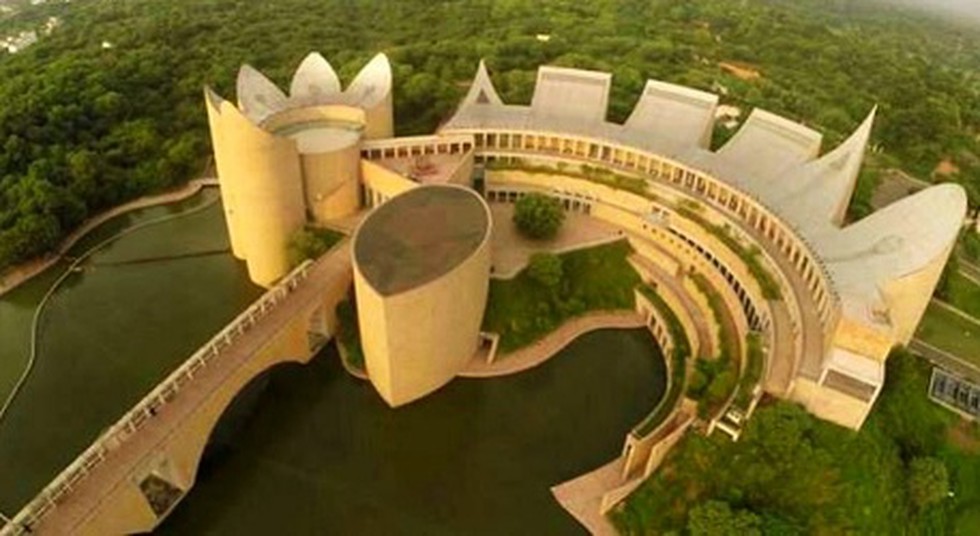
About:
- Objective: Virasat-e-Khalsa was built to commemorate the rich history and culture of Punjab and Sikhism.
- Location: Anandpur Sahib town in Punjab.
- Inaugurated in: 2011.
Record: Maximum footfall in a museum in a day
- The museum is all set to find a place in the Asia Book of Records for becoming the most visited museum in the Asian sub-continent on a single day. The museum had witnessed a record footfall of 20,569 visitors on a single day on March 20.
- The Asia Book of Records has confirmed the record which will feature in the next edition of the Asia Book of Records.
- This would be the third entry for the museum in record books. Earlier, Virasat-e-Khalsa made it to Limca Book of Records in the February 2019 edition and India Book of Records.
Prelims Pointers
Aug. 10, 2019
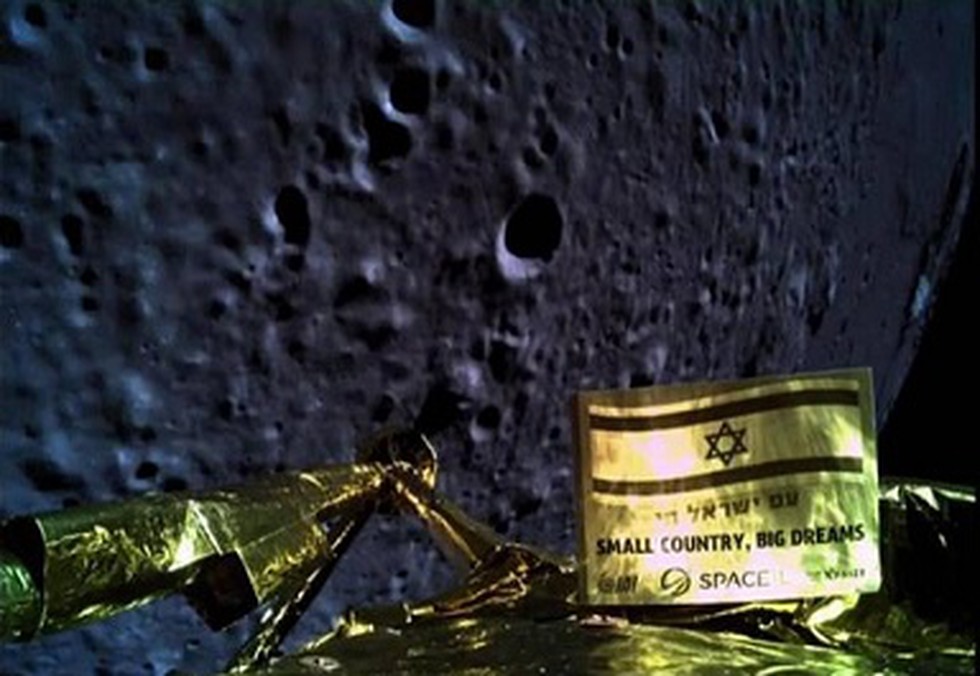
Beresheet:
- In February, an Israeli lunar lander called Beresheet (Hebrew for ‘the beginning’) began its journey to the Moon aboard a SpaceX rocket in its quest to be the first privately-funded spacecraft to land on the Moon.
- A month later Beresheet crash-landed and was irredeemably broken except, for a payload called the Lunar Library.
Lunar Library:
- The Lunar Library is a 30 million page archive of human history and civilisation, covering all subjects, cultures, nations, languages, genres, and time periods. In the event of human extinction, it’s meant to be a ‘backup ‘ of earth-life.
- The Lunar Library contained a small sample from the Bodhi tree in India, along with material on learning Hindi, Urdu and information on music.
- It was conceived by the Arch Mission Foundation (AMF), a U.S.-based nonprofit whose mission is to create repositories of human civilisation and spread them through space.
- It is believed that the Lunar Library survived the crash of Beresheet and is intact on the Moon.
Aug. 9, 2019
Prelims Pointers
Aug. 9, 2019
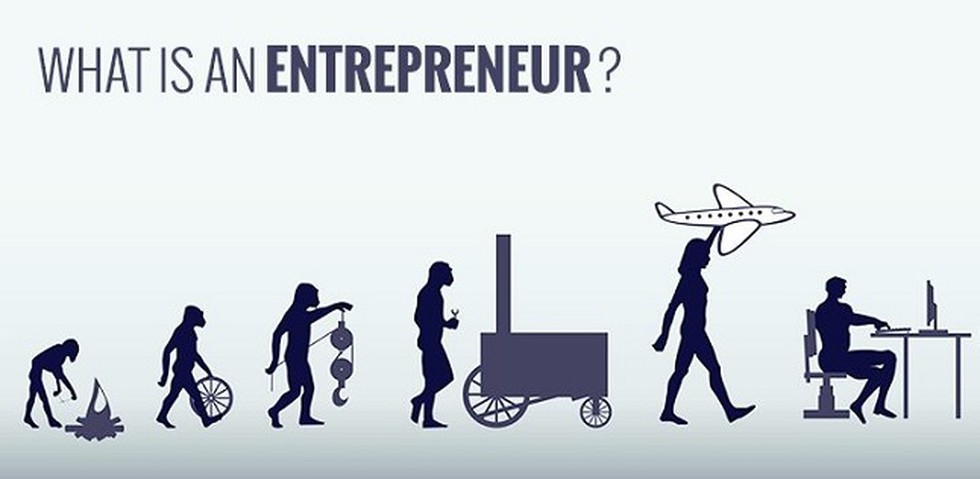
About:
- Objective: The annual awards have been instituted to honour outstanding young first generation entrepreneurs and ecosystem builders for their exceptional contribution in entrepreneurship development.
- Instituted by: Ministry of Skill Development and Entrepreneurship (MSDE).
- Categories: There are a total of 45 specially designed awards to be bestowed – 39 Enterprise Awards and 6 Awards for Entrepreneurship Ecosystem Builders.
- Eligibility: To be eligible for these awards, the nominee (entrepreneur) –
- must be under the age of 40 years;
- must be first-generation entrepreneurs;
- must hold 51% or more equity and ownership of the business; and women entrants must individually or collectively own 75% or more of the enterprise.
- must be under the age of 40 years;
- Cash prize: Winners will be presented with a Cash Prize of ₹5 lakh (enterprises/ individuals) and ₹10 lakh (organizations/ institutes).
Prelims Pointers
Aug. 9, 2019

About:
- The Women Transforming India (WTI) Awards is being organized in collaboration with the United Nations to recognize women entrepreneurs from across India.
- This year’s theme is ‘Women and Entrepreneurship’, in continuation of the theme for WTI Awards 2018.
- WhatsApp has collaborated with NITI Aayog for WTI Awards 2019 and will be providing support amounting to US$100,000 to the award winners.
Women Entrepreneurship Platform (WEP)?
- The Women Entrepreneurship Platform (WEP) is a Government of India initiative by NITI Aayog to promote and support aspiring as well as established women entrepreneurs in India, assist and handhold them in their journey from starting to scaling up and expanding their ventures.
- It has more than 5,000 women entrepreneurs registered on the platform, more than 30 partners and, has committed funding of more than US$10mn for these startups.
Prelims Pointers
Aug. 9, 2019
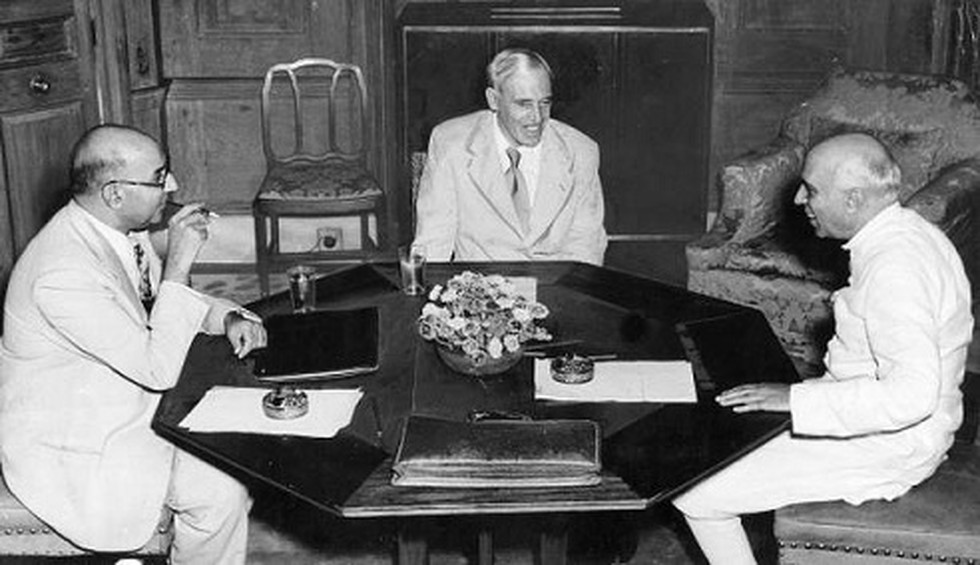
About:
- The idea of dividing Jammu and Kashmir into two or more parts traces its origin to the Dixon Plan of 1950.
- Owen Dixon, an Australian jurist chosen by the United Nations to mediate between India and Pakistan on the J&K issue, in his report of September 1950, suggested a package, which did not find acceptance from India.
- The Plan had assigned Ladakh to India and northern areas and Pakistan-Occupied Kashmir to Pakistan, besides splitting Jammu between the two. It had proposed a plebiscite in the Kashmir valley.
View of B.R. Ambedkar:
- A year later, B.R. Ambedkar, after quitting as Law Minister from the Jawaharlal Nehru Ministry, had suggested the formation of three zones: the area held by Pakistan, the Valley and Jammu-Ladakh.
- He had also favoured a plebiscite only in the Valley.
Prelims Pointers
Aug. 9, 2019

Background:
- Goa, a former Portuguese colony, was incorporated into the Union of India in 1961. In 1987, Goa was made a separate state.
- The Uniform Civil Code (UCC) was introduced in goa in the year 1870 by the erstwhile Portuguese rulers. It was retained even after the territory was merged with India in the year 1961.
Registration of marriage:
- Registration of marriage of non-Goans is currently banned in Goa.
- Several Goans holding the Overseas Citizens of India (OCI) card, who are on a short vacation in Goa, find it difficult to register their marriages due to the mandatory provision of maintaining the 15-day gap between two signatures before sub-registrar–one for declaration of intent and the other for confirmation.
- Goa Government has now proposed to amend the UCC to do away with the mandatory gap period.
Prelims Pointers
Aug. 9, 2019
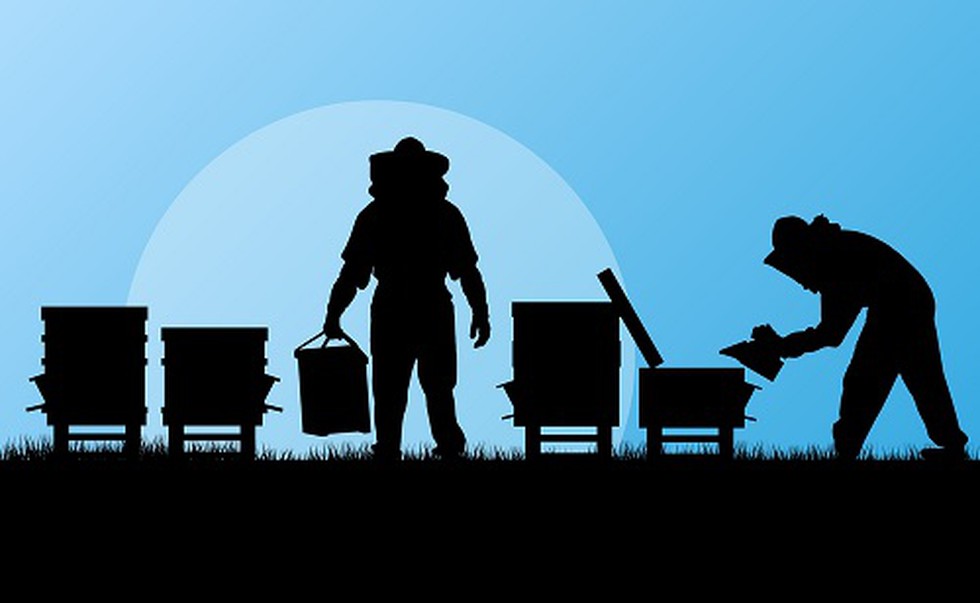
Bamboo:
- India is the world’s second largest cultivator of bamboo after China.
- However, poor yield of Bamboo is one of the perennial problems in India. In contrast to China’s average yield of 50 MT/Ha, the maximal yield range in India is 10-15 MT/ha.
- This shows that there is lot of scope for bamboo enterprise based on the good stock. The Bamboo Enterprises can give immediate results leading to substantial increase income of tribal artisans.
Honey:
- The country's total honey production reported in 2017-18 was 1.05 lakh metric tonnes, compared to the 35,000 metric tonnes in 2005-06. The major part of it comes from Apisdorsata.
- With international demand for honey growing, India exports 50 % of the commodity.
- Large scale employment in the beekeeping sector is estimated to generate around 3 lakhman-working days by maintaining 10,000 bee colonies.
- TRIFED is committed towards Prime Minister’s vision of a “Sweet Revolution” by way of making people prosper though production and trade in honey.
Lac:
- Lac cultivation in India is mainly confined to the states of Jharkhand which contribute 57% of the total production, followed by Madhya Pradesh at 24% and the balance 19% is contributed by Maharashtra, Orissa and West Bengal.
- Lac is mostly cultivated by poor tribals to supplement their agricultural income.
- Presently Indian lac export is almost non-existent, which needs to be revived.
Prelims Pointers
Aug. 9, 2019
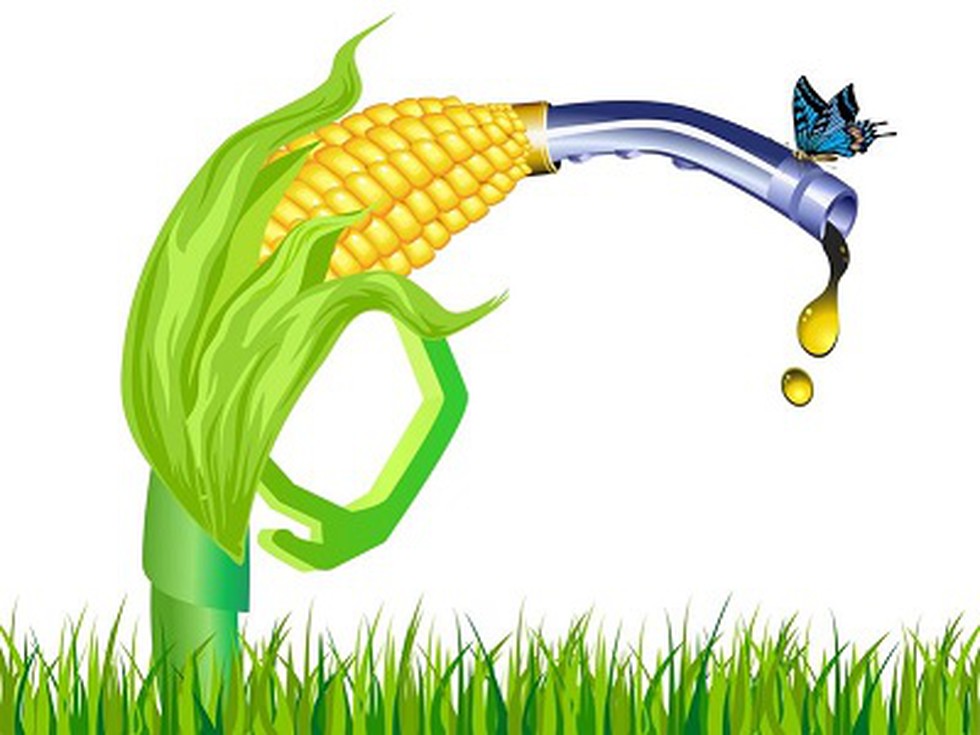
About:
- Date of Observance: World Biofuel Day is observed every year on 10th of August.
- History: It is being observed by the Ministry of Petroleum & Natural Gas since 2015.
- Objective of the day: To create awareness about the importance of non-fossil fuels as an alternative to conventional fossil fuels and highlight the various efforts made by Government of India in the biofuel sector.
- Theme: This year the theme of the World Biofuel Day is “Production of Biodiesel from Used Cooking Oil (UCO)”.
- Key highlights of this year: To facilitate the production of Biodiesel from UCO, the Oil Marketing Companies shall float an Expression of Interest (EOI) on the occasion for procurement of Biodiesel from Used Cooking Oil across 100 cities.
Used Cooking Oil (UCO) as Biofuel?
- The National Policy on Biofuels, released by the Government of India in 2018, envisages production of biofuel from Used Cooking Oil (UCO).
- In India, approximately, 22.7 MMTPA of Cooking Oil is used out of which 1.2 MMTPA UCO can be collected from Bulk Consumers such as hotels, restaurants, canteens, etc. for conversion, which will give approximately 110 crore litres of Biodiesel in one year.
- Benefits:
- In India, the same cooking oil is used for repeated frying which adversely affects the health due to formation of polar compounds during frying.
- On the other hand, the transformation of UCO into biofuel will help bring health benefits as there would be no recycling of the UCO, employment generation, infrastructural investment in rural areas & cleaner environment with reduced carbon footprint.
Prelims Pointers
Aug. 9, 2019
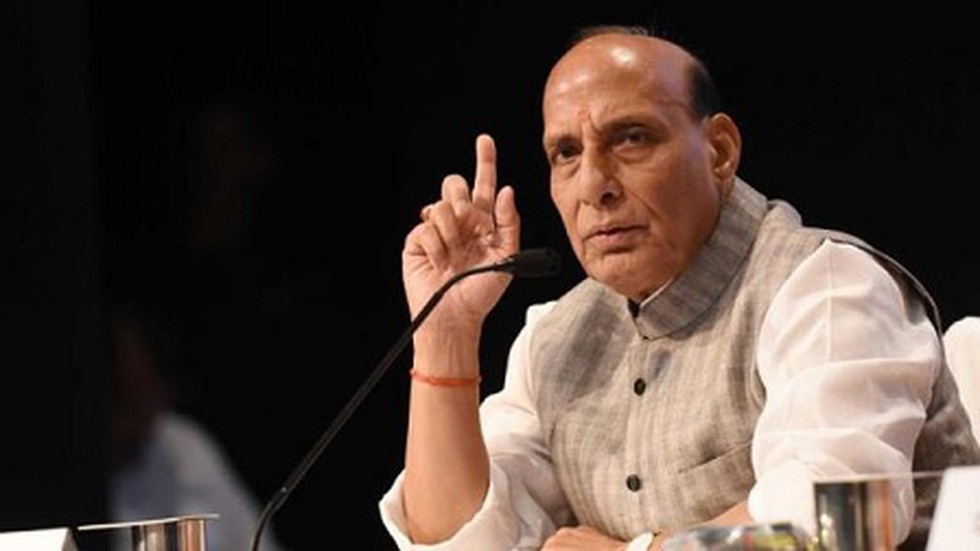
Recent decisions:
- Software Defined Radio (SDRTactical):
- It is communication system, which would enable information sharing through high-speed data and secure voice communication with anti-jamming capability.
- It has been indigenously designed and developed by DRDO, BEL and Weapons Electronics System Engineering Establishment (WESEE).
- It is communication system, which would enable information sharing through high-speed data and secure voice communication with anti-jamming capability.
- Next Generation Maritime Mobile Coastal Batteries (NGMMCB, LongRange):
- It would be fitted with supersonic BrahMos surface-to-surface cruise missiles and would be deployed along the coast.
- It has been developed and manufactured in India by Indo-Russia Joint Venture Company, M/s BrahMos Aerospace Private Limited.
- It would be fitted with supersonic BrahMos surface-to-surface cruise missiles and would be deployed along the coast.
- Defence Procurement Procedure 2016: The DAC has also approved amendments to the Defence Procurement Procedure 2016 to simplify processes under the ‘Make’ category as well as ‘Offsets’. This will ensure ‘Ease of business’ in the defence acquisition.
Defence Acquisition Council (DAC)?
- Established in: 2001.
- Chairman: Defence Minister.
- Members: Minister of State for Defence, Chief of Army Staff, Chief of Naval Staff, Chief of Air Staff, Defence Secretary, Secretary Defence Research & Development, Secretary Defence Production, Chief of Integrated Staff Committees HQ IDS, Director General (Acquisition).
- Member Secretary: Deputy Chief of Integrated Defence.
- Objectives: Overall guidance of the defence procurement planning process and ensuring expeditious procurement of the approved requirements of the Armed Forces.
- Key Functions: In-principle approval of 15 Year Long-Term Integrated Perspective Plan for Defence Forces and Categorization of the acquisition proposals relating to 'Buy', 'Buy & Make' and 'Make'.
Prelims Pointers
Aug. 9, 2019
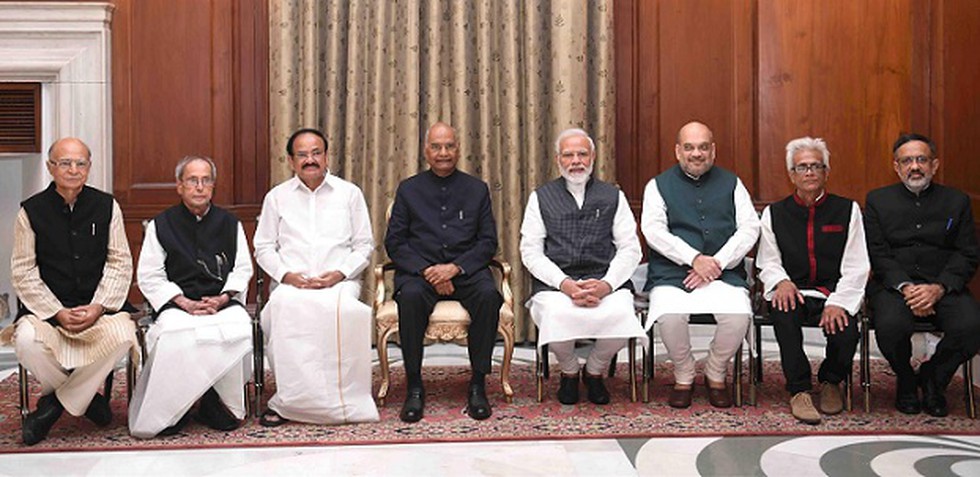
About:
- The Bharat Ratna is the highest civilian award of the Republic of India. Bharat Ratna recipients rank seventh in the Indian order of precedence.
- Instituted in: 1954.
- Criteria: The award is conferred in recognition of exceptional service/performance of the highest order in "any field of human endeavour". The award was originally limited to achievements in the arts, literature, science, and public services, but this was changed in 2011.
- Eligibility:
- The award is conferred without distinction of race, occupation, position, or sex.
- Though usually conferred on India-born citizens, the Bharat Ratna has been awarded to one naturalised citizen, Mother Teresa, and to two non-Indians, Pakistan national Khan Abdul Ghaffar Khan and former South African President Nelson Mandela.
- The original statutes did not provide for posthumous awards but were amended in 1955 to permit them.
- The award is conferred without distinction of race, occupation, position, or sex.
- Award Process: There is no formal nomination process. The recommendations for the award can only be made by the Prime Minister to the President.
- Limits: A maximum of three nominees can be awarded per year.
- Recipients: The first recipients of the Bharat Ratna were C. Rajagopalachari, Sarvepalli Radhakrishnan, and C. V. Raman, who were honoured in 1954.
Medal:
- Recipients receive a certificate signed by the President and a medal. There is no monetary grant associated with the award.
- The medal is in the shape of a peepal leaf rimmed in platinum. The sun burst design with rays spreading out, made of platinum, is embossed on the obverse side of the medal.
- The words "Bharat Ratna", in Devanagari Script, is inscribed on the obverse side.
- A State Emblem of India Is placed in the centre of the reverse side with the national motto, "Satyamev Jayate" (Truth alone triumphs) in Devanagari Script.
Recent winners:
- Pranab Mukherjee: He was the 13th President of India and served from 2012 until 2017. He was also finance minister under the prime ministership of Manmohan Singh.
- Nanaji Deshmukh: He had been a member of Rashtriya Swayamsevak Sangh (RSS). He is credited with bolstering the Jana Sangh in Uttar Pradesh. As a social activist, he laid emphasis on education. He established first Saraswati Shishu Mandir at Gorakhpur in 1950.
- Bhupen Hazarika: He was a legendary singer-composer from Assam who died in 2011.
Prelims Pointers
Aug. 9, 2019
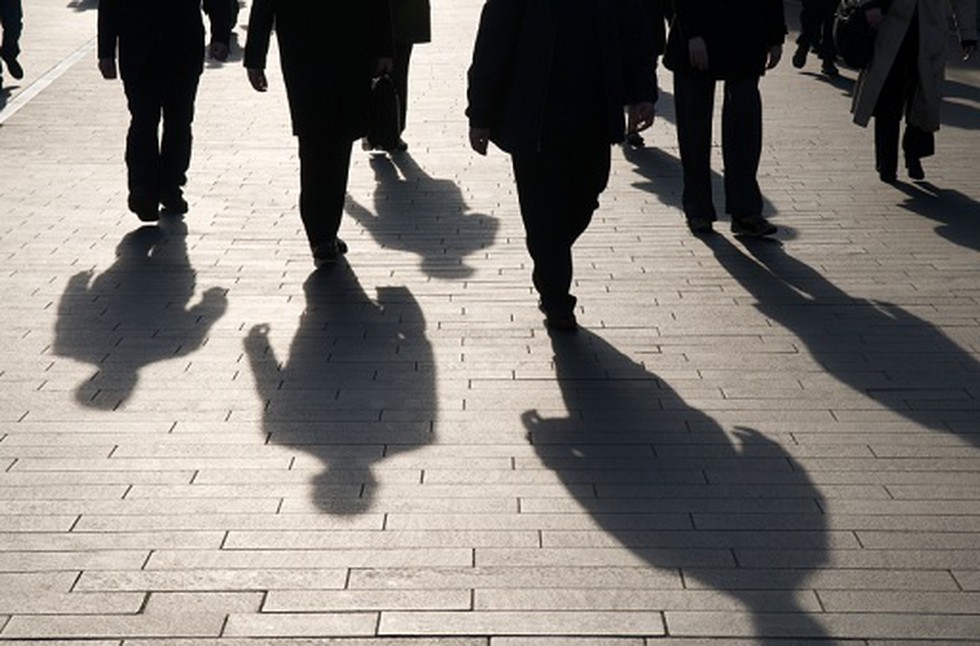
Salient features of Bill:
- The new law will empower the state government with powers to intercept wire, electronic or oral communication to control the menace of organised crime.
- Whoever commits an offence of organised crime and if it results in the death of any person, it will be punishable with death or imprisonment for life and also be liable to a fine which will not be less than ₹1 lakh.
- In any other case, the offender shall be punished with imprisonment for a term which shall not be less than five years but which may extend to imprisonment for life and shall also be liable to fine not less than ₹5 lakh.
- The government said in view of the emerging situation of organised crime in the State, it has become imperative to introduce a legislation to act against organised criminal gangs.
Scenario in other States/UTs:
- Special legislations have already been enacted in some states.
- Maharashtra had enacted Maharashtra Control of Organised Crime Act in 1999, which was subsequently adopted by the national capital territory of Delhi also.
- The state of Uttar Pradesh, Gujarat and Karnataka have also enacted their respective Acts.
Prelims Pointers
Aug. 9, 2019
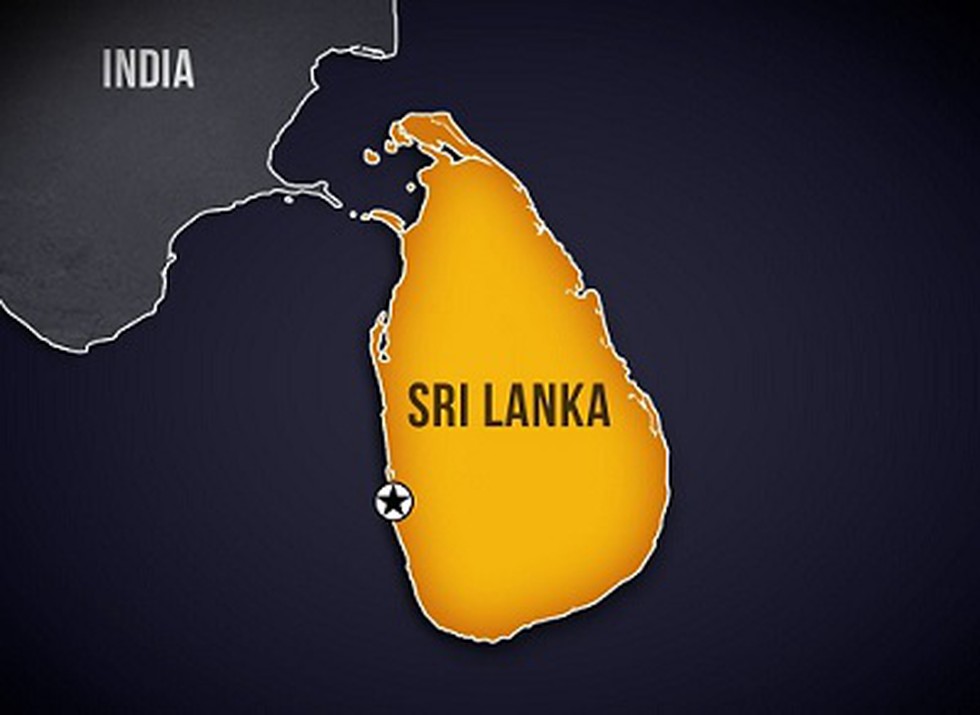
About:
- Measles is considered as eliminated when a country interrupts transmission of an indigenous virus for three years.
- This is an encouraging development amidst an increase in the number of cases worldwide, especially in Europe.
Measles?
- Measles is a highly contagious viral disease.
- Transmission: It is transmitted via droplets from the nose, mouth or throat of infected persons.
- Symptoms: Initial symptoms include high fever, a runny nose and bloodshot eyes. Several days later, a rash develops, starting on the face and upper neck and gradually spreading downwards.
- Health Impact: It can cause life-threatening complications including encephalitis (an infection that leads to swelling of the brain), severe diarrhoea and dehydration, pneumonia, ear infections and permanent vision loss.
- Treatment: The disease is preventable through two doses of a safe and effective vaccine.
Aug. 8, 2019
Prelims Pointers
Aug. 8, 2019
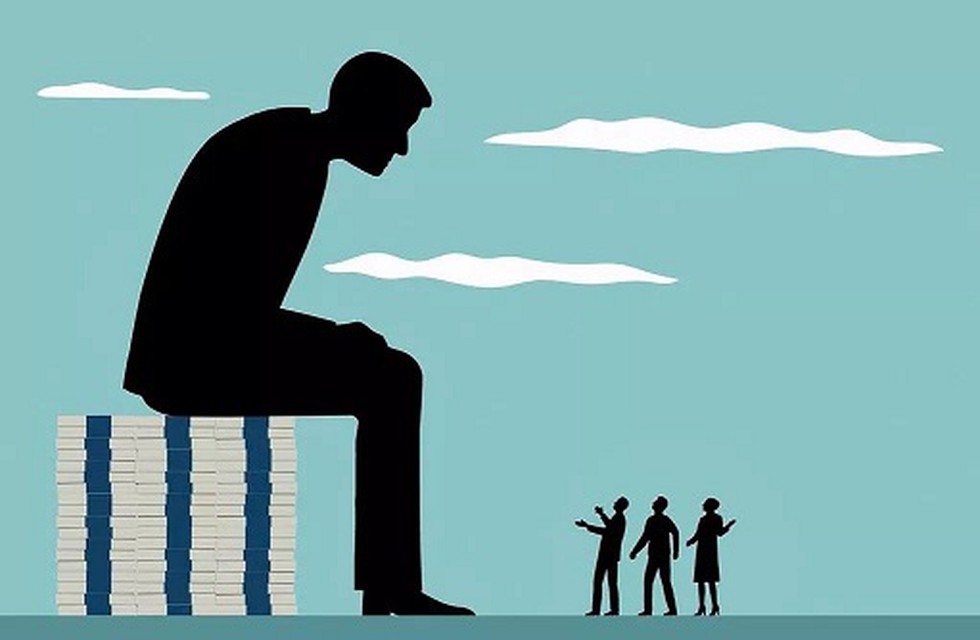
New measures to enhance credit flow to the NBFC sector:
- RBI has increased the cap on a bank’s exposure to a single NBFC to 20% of its tier-I capital from 15% now.
- Bank lending to registered NBFCs (other than MFIs) for on-lending to Agriculture up to ₹10.0 lakhs; Micro and Small Enterprises up to ₹ 20.0 lakh and housing up to ₹ 20.0 lakh per borrower to be classified as priority sector lending.
Measures taken by RBI during the last one year to enhance credit flow to NBFC Sector:
- The FALLCR (i.e. securities that can be reckoned, both for SLR and LCR), was increased on two occasions (September, 2018 and April, 2019) by two per cent each, thereby enabling banks to raise additional liquidity by selling their excess SLR securities.
- The risk weights for banks’ exposure to NBFCs were harmonised with those of other corporates.
- The prudential limit on exposure of banks to NBFCs was also aligned with that of other sectors, thereby increasing it from 10 per cent of the banks’ capital to 15 per cent.
Prelims Pointers
Aug. 8, 2019
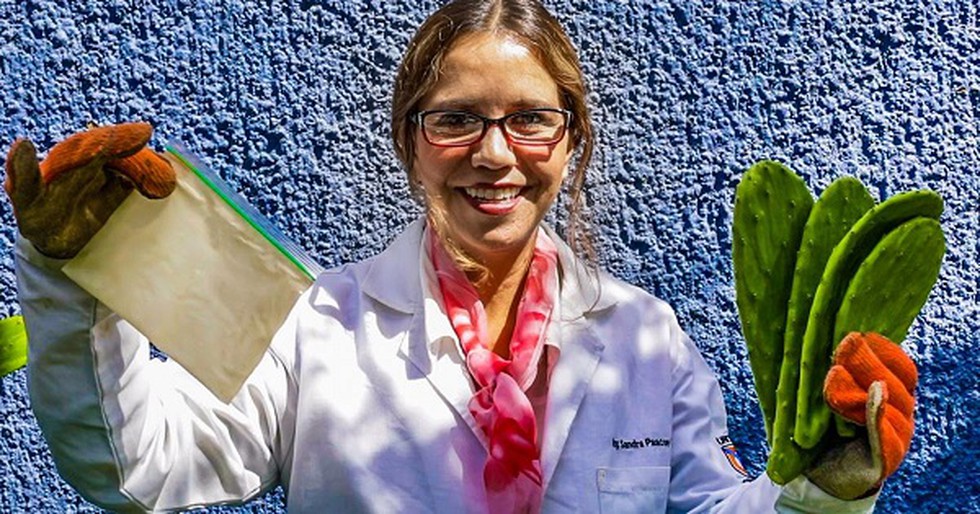
About:
- Mexico’s prickly pear cactus, which is emblazoned on the country’s flag, could soon play a new and innovative role in the production of biodegradable plastics.
- A packaging material made from this plant has been developed by a Mexican researcher and is offering a promising alterative to plastics.
- The pulp of the prickly pear is mixed with non-toxic additives to produce sheets that can be used for packaging.
- The cactus used for her experiments come from San Esteban, a small town located in Jalisco state of Mexico, where single-use non-recyclable plastic bags, straws and other disposable items will be banned from next year.
- Pascoe is still conducting tests, but hopes to patent her product later this year and look for partners in early 2020, with an eye towards large scale production.
- Biodegradable plastic is plastic that decomposes naturally in the environment. This is achieved when microorganisms in the environment metabolize and break down the structure of biodegradable plastic.
- Biodegradable plastics are made from all-natural plant materials. These can include corn oil, orange peels, starch, and plants.
Prelims Pointers
Aug. 8, 2019
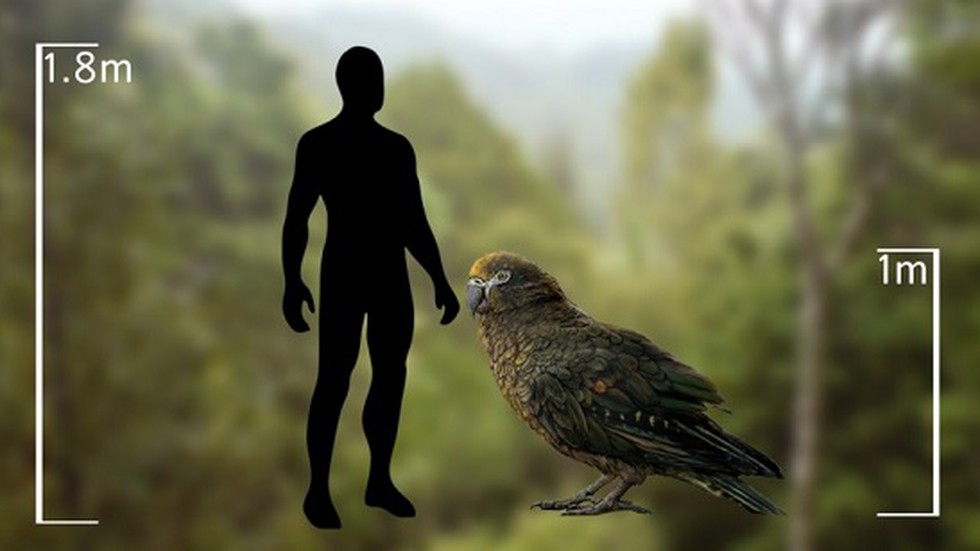
About:
- The parrot has been named Heracles inexpectatus to reflect its Herculean size and strength and the unexpected nature of the discovery.
- Heracles inexpectatus, the largest parrot ever discovered, was twice the size of the critically endangered flightless New Zealand kakapo, previously the largest known parrot.
- According to a report published in the latest edition of Biology Letters, the flightless birds were at least one metre tall, and weighed up to seven kilograms.
- Evidence of the parrot was unearthed in fossils near St. Bathans in southern New Zealand.
Prelims Pointers
Aug. 8, 2019
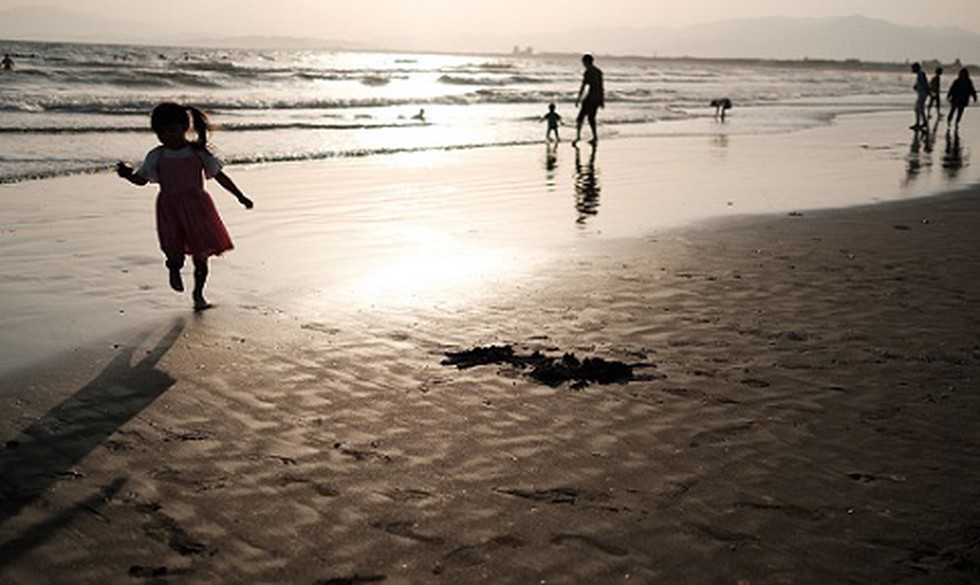
About:
- Bodies involved: The draft Environmental and Social Management Framework (ESMF) is part of a World Bank-funded project. The document was prepared by the Society for Integrated Coastal Management, an Environment Ministry-affiliated body.
- Background: So far three coastal States, namely Gujarat, Odisha and West Bengal, have prepared Integrated Coastal Zone Management (ICZM) Plans with support from the World Bank. Such plans would be prepared for the selected coastal stretches in other States/UT.
- The document lays out guidelines out for coastal States to adopt when they approve and regulate projects in coastal zones.
- The key activities proposed for coastal zone development that consist of investments by States include: mangrove afforestation/shelter beds, habitat conservation activities such as restoration of sea-grass meadows, rearing/rescue centres for turtles and other marine animals, creation of infrastructure for tourism, beach cleaning and development etc.
- Livelihood improvement projects include demonstration of salinity resistant agriculture, water harvesting and recharge/storage, community-based small-scale mariculture, aquaponics, and value addition to other livelihood activities.
Prelims Pointers
Aug. 8, 2019

Key highlights of monetary policy statement:
- On the basis of an assessment of the current and evolving macroeconomic situation, the Monetary Policy Committee (MPC) decided to reduce the policy repo rate under the liquidity adjustment facility (LAF) by 35 basis points (bps) from 5.75 % to 5.40 % with immediate effect.
- Consequently, the reverse repo rate under the LAF stands revised to 5.15 %, and the marginal standing facility (MSF) rate and the Bank Rate to 5.65 %.
- The MPC also decided to maintain the accommodative stance of monetary policy.
Comment:
- The move is said to give a fillip to the economy. This was the fourth consecutive time that the Monetary Policy Committee reduced the rates.
- These decisions are in consonance with the objective of achieving the medium-term target for consumer price index (CPI) inflation of 4 % within a band of +/- 2 %, while supporting growth.
Prelims Pointers
Aug. 8, 2019

Key highlights of the statement:
- Round-the-Clock Availability of National Electronic Funds Transfer (NEFT) System:
- Currently, the NEFT payment system operated by the RBI as a retail payment system is available for customers from 8.00 am to 7.00 pm on all working days of the week (except 2nd and 4th Saturdays of the month).
- As mentioned in the Payment System Vision 2021 document, the RBI will make available the NEFT system on a 24x7 basis from December 2019.
- Currently, the NEFT payment system operated by the RBI as a retail payment system is available for customers from 8.00 am to 7.00 pm on all working days of the week (except 2nd and 4th Saturdays of the month).
- Expansion of Biller Categories for Bharat Bill Payment System (BBPS):
- In order to harness the full potential of BBPS, RBI has decided to permit all categories of billers (except prepaid recharges) who provide for recurring bill payments to participate in BBPS on a voluntary basis.
- The BBPS, an inter operable platform for repetitive bill payments, currently covers five segments that are direct-to-home, electricity, gas, telecom and water bills.
- In order to harness the full potential of BBPS, RBI has decided to permit all categories of billers (except prepaid recharges) who provide for recurring bill payments to participate in BBPS on a voluntary basis.
- Creation of a Central Payments Fraud Information Registry: The RBI has decided to create a central payments fraud information registry system to deal with banking frauds.
Prelims Pointers
Aug. 8, 2019

Background:
- At present, the detection of bacteria in body fluids is done in laboratories. The cells that are derived from the patient are initially cultured or grown so that enough of the bacterial cells are available for microbiological analysis.
- However, this technique is extremely time- consuming.
Recent development:
- The new portable device uses an Organic Field Effect Transistor (OFET) to instantly detect the charges on the cell walls of bacteria. The rapid detection kits are like those used for blood sugar monitoring.
- The OFET is an electronic device that works on the principle that charges in the vicinity of the channels of certain semiconductors can induce a current in them. Thus, the charges on the surface of the bacterium, induces a current in the OFET, which is registered and read.
- The team work has been recently patented as well as published in the July 2019 issue of 'Journal of Materials Chemistry of the Royal Society of Chemistry'.
Prelims Pointers
Aug. 8, 2019
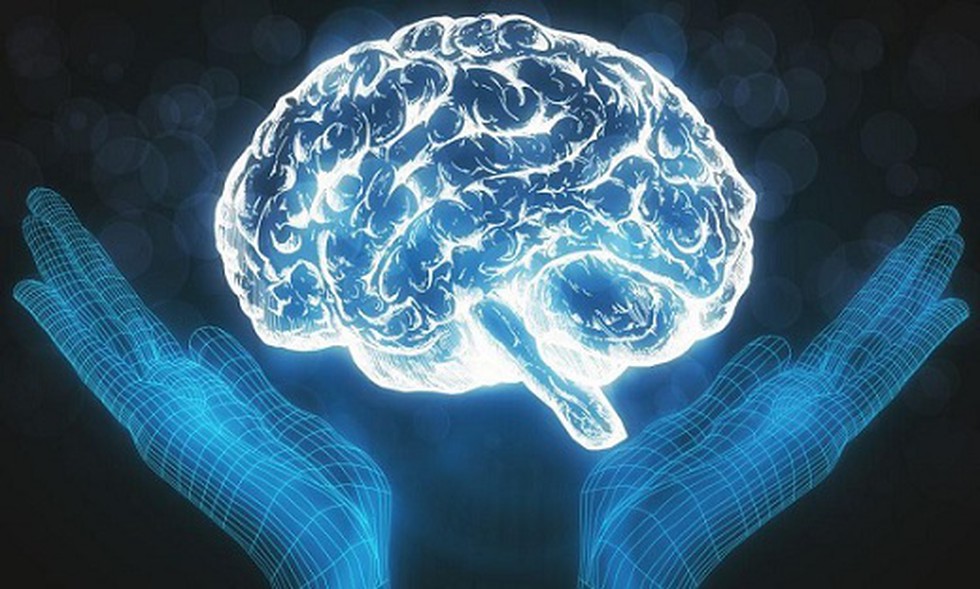
Salient features of the act:
- Definition:
- It defines “mental illness” as a substantial disorder of thinking, mood, perception, orientation or memory that grossly impairs judgment, behaviour, capacity to recognise reality or ability to meet the ordinary demands of life.
- It does not include mental retardation which is a condition of arrested or incomplete development of mind of a person, specially characterised by subnormality of intelligence.
- It defines “mental illness” as a substantial disorder of thinking, mood, perception, orientation or memory that grossly impairs judgment, behaviour, capacity to recognise reality or ability to meet the ordinary demands of life.
- Rights of persons with mental illness:
- IT also assures free treatment for such persons if they are homeless or belong to Below Poverty Line, even if they do not possess a BPL card.
- A person with mental illness shall have the right to confidentiality in respect of his mental health, mental healthcare, treatment and physical healthcare.
- IT also assures free treatment for such persons if they are homeless or belong to Below Poverty Line, even if they do not possess a BPL card.
- Advance Directive: A person with mental illness shall have the right to make an advance directive that states how he/she wants to be treated for the illness and who his/her nominated representative shall be. The advance directive should be certified by a medical practitioner or registered with the Mental Health Board.
- Mental Health Authority: it empowers the government to set-up Central Mental Health Authority at national-level and State Mental Health Authority in every State. Every mental health institute and mental health practitioners will have to be registered with this Authority.
- Mental Health Review Board: A Mental Health Review Board will be constituted to protect the rights of persons with mental illness and manage advance directives.
- Mental Health treatment:
- A person with mental illness shall not be subjected to electro-convulsive therapy without the use of muscle relaxants and anaesthesia. Also, electro-convulsive therapy will not be performed for minors.
- They shall not be chained in any manner or form whatsoever under any circumstances.
- A person with mental illness shall not be subjected to electro-convulsive therapy without the use of muscle relaxants and anaesthesia. Also, electro-convulsive therapy will not be performed for minors.
- Suicide is decriminalised: A person who attempts suicide shall be presumed to be suffering from mental illness at that time and will not be punished under the Indian Penal Code.
Present status of implementation:
- Only 19 States have implemented the Mental Healthcare Act so far.
- There is a requirement of 13500 psychiatrists but only 3827 are available. Against the requirement of 20250 clinical psychologists only 898 are available.
Prelims Pointers
Aug. 8, 2019
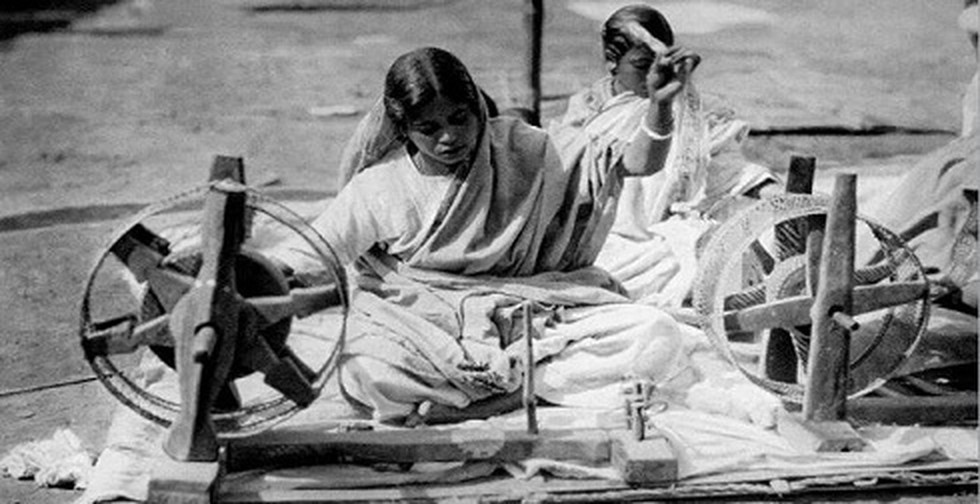
About:
- The National Handloom Day is observed annually on 7th August to honour the handloom weavers in the country and also highlight India’s handloom industry.
- The first National Handloom Day was inaugurated on 7th August 2015 by the Prime Minister, Narendra Modi.
- August 7 was chosen as the National Handloom Day to commemorate the Swadeshi Movement which was launched on this day in 1905 in Calcutta Town Hall to protest against the partition of Bengal by the British Government. The movement had aimed at reviving domestic products and production processes.
5th National Handloom Day:
- The main function was organised in Bhubaneswar (Odisha), due to its rich tradition of Handlooms. More than 50% of total weavers population of India resides in Eastern and North Eastern Regions and most of them are women.
- 4th All India Handloom Census report was released on the occasion. Certificates to beneficiaries of various schemes were distributed.
Prelims Pointers
Aug. 8, 2019
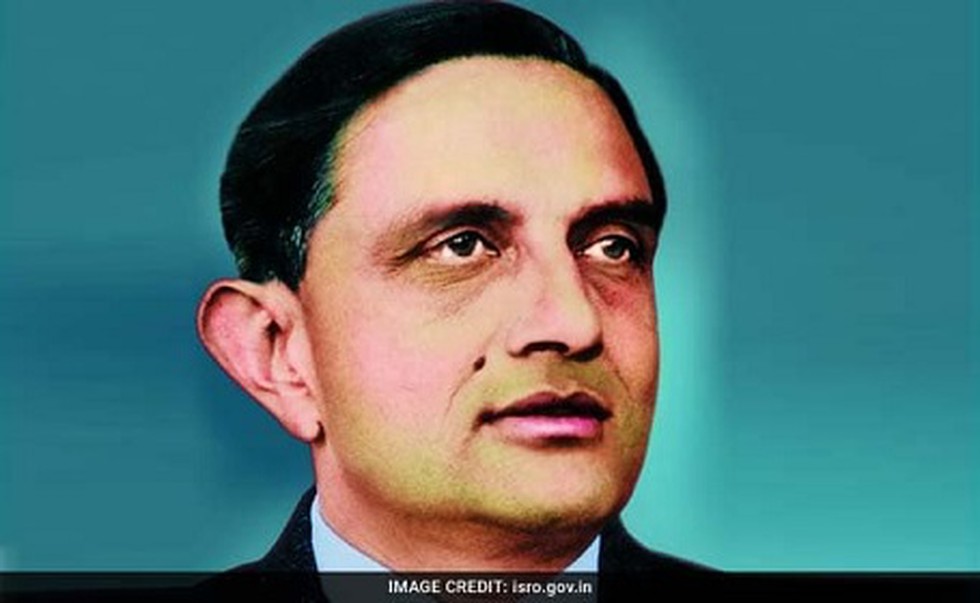
About:
- Objective: ISRO has announced its “Vikram Sarabhai Journalism Award in Space Science, Technology and Research” to recognize and reward journalists who have actively contributed towards the field of space science, applications, and research.
- Eligibility: The nominations are open to all Indians who have a good experience in journalism. The articles published from 2019 to 2020 will be considered.
- Category 1:
- The first category holds a cash price of Rs 5,00,000, a medal and citation and two journalists or freelancers of print media will be awarded.
- Nominated candidates will be judged on the basis of the articles or success stories published in Hindi, English, or Regional languages in popular Periodicals, Science magazines, or Journals in India during the year 2019 to 2020.
- The first category holds a cash price of Rs 5,00,000, a medal and citation and two journalists or freelancers of print media will be awarded.
- Category 2:
- The second category of the award holds 3 cash prizes of Rs 3,00,000, 2,00,000 and 1,00,000 and citation each for journalists or freelancers of print media.
- The articles or success stories published in Hindi, English, Regional languages in popular newspapers or news magazines in India during the one year as indicated in the proposal.
- The second category of the award holds 3 cash prizes of Rs 3,00,000, 2,00,000 and 1,00,000 and citation each for journalists or freelancers of print media.
- The names of the selected candidates will be announced on August 1st, 2020.

